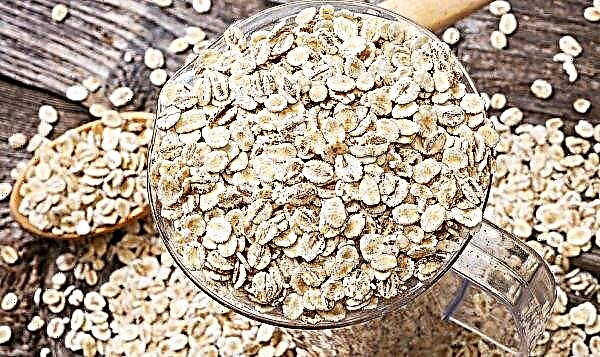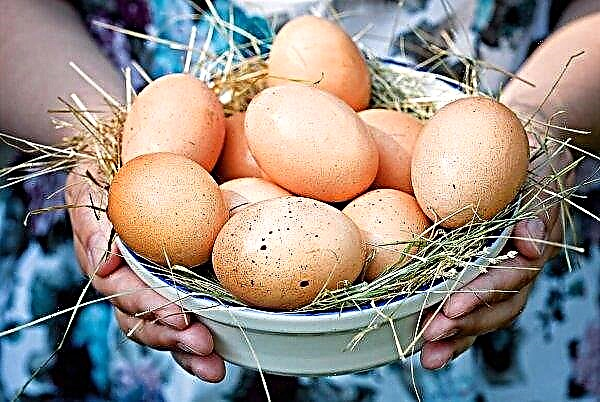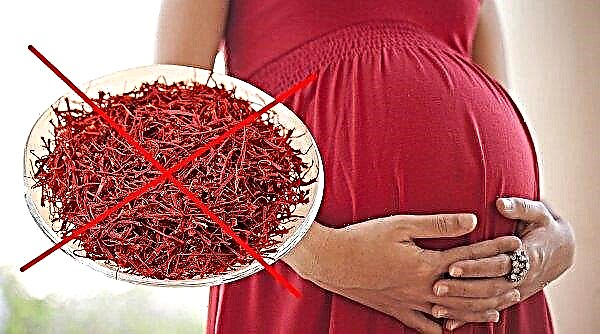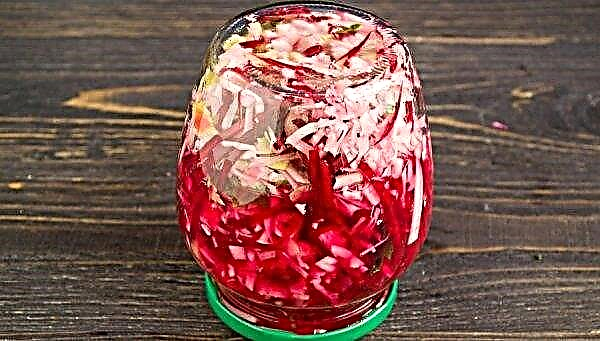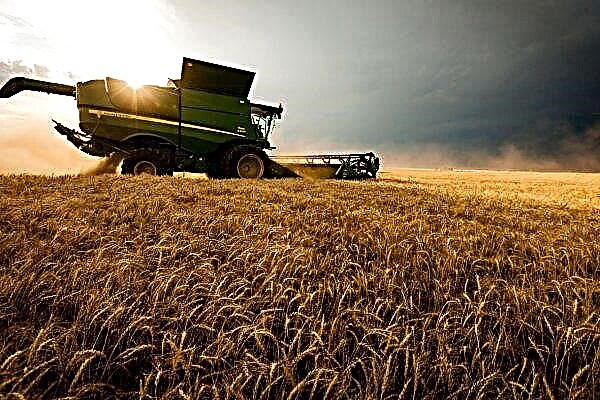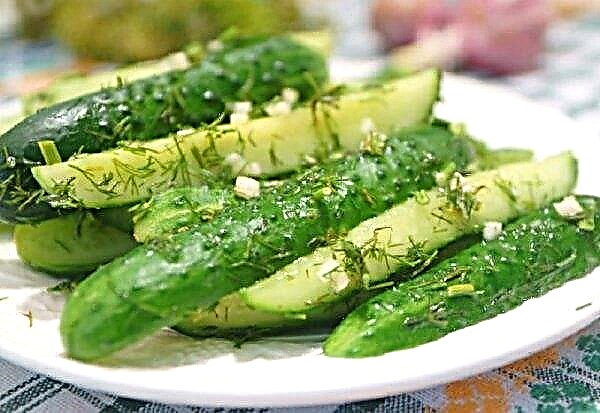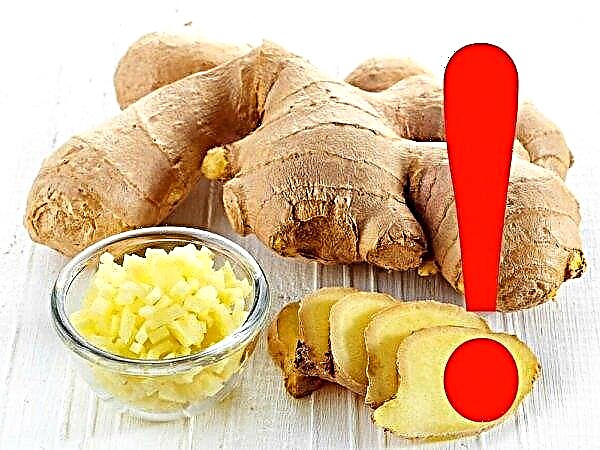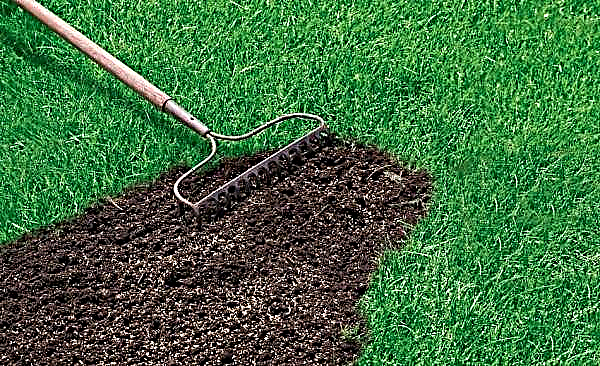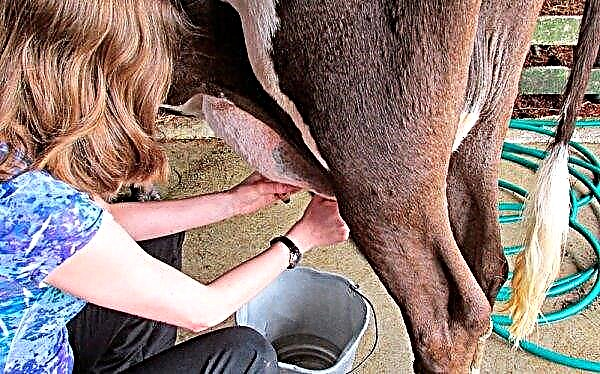Egg breeds of chickens are bred to obtain the maximum number of eggs at the lowest cost for the farm. Breeders received birds with record numbers, and their main characteristics are presented below.
Features of egg breeds of chickens
Despite the features of appearance and performance indicators, egg chickens have many similar properties. All breeds are characterized by an inverse relationship between the weight of the bird and its egg production, which is laid genetically in chickens. They are united by such signs:
- light weight, on average 2.2 kg and not more than 2.5–3 kg;
- early maturity, with the development of egg production by 125 days;
- large wings and tail, leaf-shaped crest;
- mobility, need for walking.
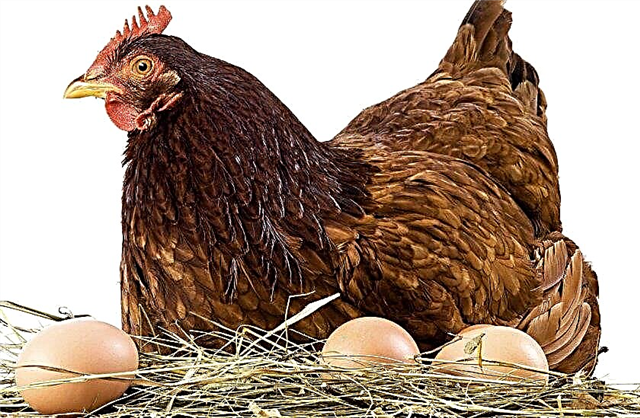
Advantages and disadvantages
- The main advantage of this type is their high egg production. Its average values are as follows:
- in the first year at least 160 eggs for "domestic" breeds and at least 200 for industrial;
- maximum rates range from 250 to 300 pcs. in hybrids (crosses).
In the second year, productivity decreases by 15%, but the size and weight of each egg increases.
- The disadvantages of specialized breeds are:
- the need for more feed with a high mineral content;
- lack of instinct of incubation;
- To maintain a high level of productivity, frequent livestock updates are needed.

Content Features
To achieve the best results, you must adhere to the recommendations for bird care. The key to success is proper feeding and keeping conditions.
Accommodation
The following indicators are extremely important for birds of egg direction:
- Illumination at which the daylight will be at least 12 hours;
- temperature not lower than + 6 ° C.
To maintain the desired level of illumination, additional lamps are used. For free walking, it is necessary to provide the birds with an enclosure with a protective fence, drinking bowls and shelter from the sun.Important! Egg production at temperatures above +30°C drops by 30%, and when cooling below +5°C — by 15%.

Feeding
Violation of the regime and composition of nutrition leads not only to quantitative, but also to a qualitative decrease in egg production.
For layers, the following conditions are necessary:
- scheduled feeding;
- an increase in diet in winter and during molting;
- improved mineral composition of the feed, calcium and phosphorus are especially needed;
- access to fresh herbs, in winter you can give dried grass.
Description and photos of the best egg breeds
Choosing the right breed for the given conditions of keeping and care options will help you get the desired result. Each bird has its own characteristics, which will be described below.
Leggorn
Leghorn show the best productivity and are the basis for breeding many other breeds. Small birds with a wedge-shaped body and, most often, white plumage have a large hanging crest in laying hens and vertical in roosters.
Leghorn are quite unpretentious, but sensitive to noise. They can be carried from the 21st week.The weight of the bird is 1-2 kg. Egg weight - 55–58 g, up to 300 pcs per year can be obtained.
Highsex
The Dutch hybrid of White Leghorn and New Hampshire demonstrates excellent performance and early maturity. High hen show results for 2-3 years.
White hayseks weigh up to 2 kg and carry large eggs weighing up to 65 g, which are characterized by low cholesterol. The first clutch can be obtained from the 20th week, the annual rate is up to 280 pcs.
The brown variety has an increased mass (up to 2.4 kg in chicken). They are calmer and suitable for cellular maintenance. Eggs weighing up to 70 g of brown color with a stronger shell better tolerate transportation. High performance, up to 320 pcs. in year.
Minorca
Spanish breed for farming and homestead farming, not used in poultry farms. Beautiful birds of black or white color with a characteristic greenish tint and white catkins.
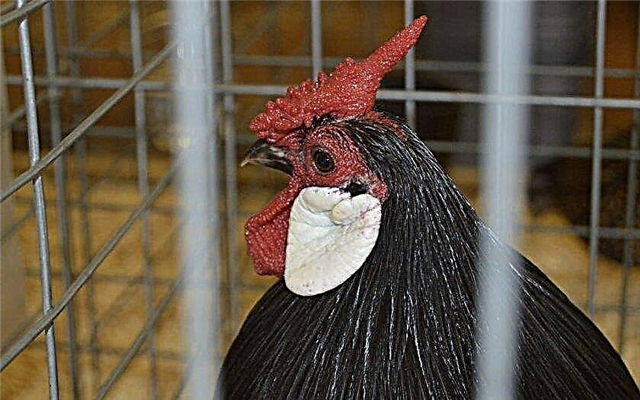
Shaver
Canadian Cross Shaver is small in size and resistant to neoplastic diseases. Birds can be white, black or brown. The character is calm, easily adapts to various conditions.
The laying period is 80 weeks, hens rush from 5 months. Daily feed intake is 100–110 g, which is 5–10% less than many breeds. The weight of the bird is 1.8–2 kg. Egg weight - 60–64 g, annual productivity - up to 300 pcs.
Kuban red
A relatively young Russian breed was bred in 1995 in the Kuban and is still improving. The birds of the Kuban Red breed are characterized by increased dimensions and red or light brown plumage, calm temperament and resistance to temperature extremes. The early masonry start date is from 4 months. A distinctive feature is a delicious dietary meat. The weight of the layer is up to 2 kg, the rooster up to 3 kg Egg weight 63–68 g, annual productivity - up to 330 pcs.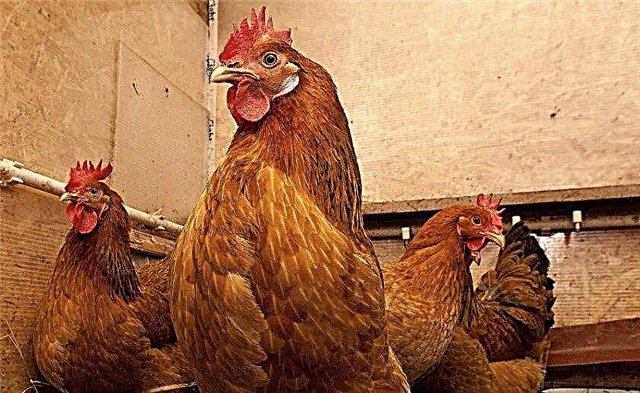
Legbar
The English breed Legbar with a motley color, the chicks of which from the first day can be divided into roosters and hens. Layers have a small crest, which is almost invisible in roosters. Ear rings are white, legs are yellow. There are three varieties with different colors of feathers; the most popular is cream legbar for the original blue or greenish eggs.
In the 70s of the XX century, the cream legbar almost disappeared, since blue eggs were not in demand in the market. They are attributed to meat and egg breeds for increased weight and relatively low egg production. The first clutch in 6-7 months. The weight of the chicken is up to 2.7 kg, the rooster - up to 3.4 kg. The weight of an egg is 55-60 g, for a year you can get up to 210 pcs.Did you know? The blue hue of the shell is transmitted to other breeds when crossing from the South American ancient breed Araucan, documented since 1526.
Ameraucana
The breed was bred in the USA in the 1970s and is the result of breeding of local breeds brought with Araucana. Birds are noticeable by the presence of whiskers and beards, as well as a pea-shaped crest. 8 colors are registered, each of them has its own color options for the metatarsus and fingers.
The start of masonry occurs in 5-6 months, productivity lasts 2 years. They tolerate heat and cold well. Eggs, depending on the breed, can be blue, green, pink and dark brown. Ameraukan meat is tender and tasty. Chicken weight - up to 2.5 kg, rooster - up to 3 kg. Egg weight - 60–65 g, annual yield - up to 250 pcs.
Wuheiluy (Dongxiang)
The ancient Chinese breed Wuheiluy with unique color characteristics. The bird has black feathers, beak and legs, as well as black skin and meat, and its eggs are green. Yolk is 8% larger than other breeds. An increased amino acid content and low cholesterol are also noted.
The weight of the chicken is up to 1.4 kg, the rooster - up to 1.8 kg. Egg mass - 40–45 g. Egg production - up to 180 pcs. in year.Did you know? Black hens Uheilui are known for 1300 years, but the breed was almost forgotten and survived only in southern China. After a long recovery period, birds are included in the country's gene pool and become a national treasure.

Xin Xin Dian
Another Chinese breed is Xin Xin Dian, laying green eggs, derived from the previous one. The birds are black, but their meat and skin are white. Unpretentious in content, characterized by a calm character. Ready for laying for 5 months. The breed reproduces well from eggs, economical in feeding. The color of the shell can change saturation depending on the age of the bird. The weight of birds is 1.5–2 kg. Egg weight - 55-60 g, annual productivity - about 200 pcs.
Dwarf Leghorn (B-33)
The hybrid was bred in Russia by the addition of the dwarf gene to popular leggors. Outwardly similar to the main breed, but have less weight and shorter legs. The character is calm, friendly to other breeds. Eggs appear from the 4th month. Economical in maintenance and care, as they need a small area of the chicken coop. Easily tolerate cold. The weight of the laying hen is up to 1.4 kg, the rooster up to 1.7 kg. An egg weighs up to 62 g; annual productivity is 180–240 pcs.
Borkovskaya barbistaya
The Ukrainian breed Borkovskaya barbisty based on Leghorn was registered in 2005 and is distinguished by excellent immunity and attractive appearance. The color of birds is mottled, with silver, black and black-striped additives. Separation by gender is possible on the first day according to the characteristic plumage. The first clutch occurs in 5 months. Layers are active even in winter, an average of 265 days a year. Easily tolerate cold and get used to any diet, can live in cells. The weight of the chicken is up to 1.9 kg, the rooster up to 2.8 kg. Egg weight - 58–59 g, productivity - 255–265 pcs. in year.
Decalb White
Compact white birds from the USA show high egg production and excellent adaptability. They can live both on a walk and in cages. The daily amount of feed is only 109 g. They start to be carried in 4.5 months, and at 2 years the productivity decreases. The egg shell is stable during transport. The weight of the bird is about 1.7 kg. The weight of one egg is on average 62 g. Annual productivity is up to 330 pcs.
Rhodonite
The young cross-country from Russia was bred in 1996 in Sverdlovsk on the basis of the German cross country Lohmann Brown. Rhodonite breed is autosexual - chickens from roosters can be distinguished on the first day of life. Work continues on the cross-country Rhodonite 3, has a high preservation and long oviposition.
The birds are light brown in color with a golden tint; the eggshell is also brown. The behavior is calm. Excellent adaptation to harsh climates and economical feed consumption. The weight of the bird is about 2 kg. The egg weighs 65–68 g, the annual yield is up to 315 pcs.Important! Hybrids (crosses) cannot be reproduced at home. New birds need to be bought at specialized poultry farms.
 Modern and traditional breeds of egg hens allow you to get a large number of high-quality eggs at low costs. To achieve maximum productivity, it is necessary to adhere to optimal conditions and carefully regulate the composition of the feed.
Modern and traditional breeds of egg hens allow you to get a large number of high-quality eggs at low costs. To achieve maximum productivity, it is necessary to adhere to optimal conditions and carefully regulate the composition of the feed.

